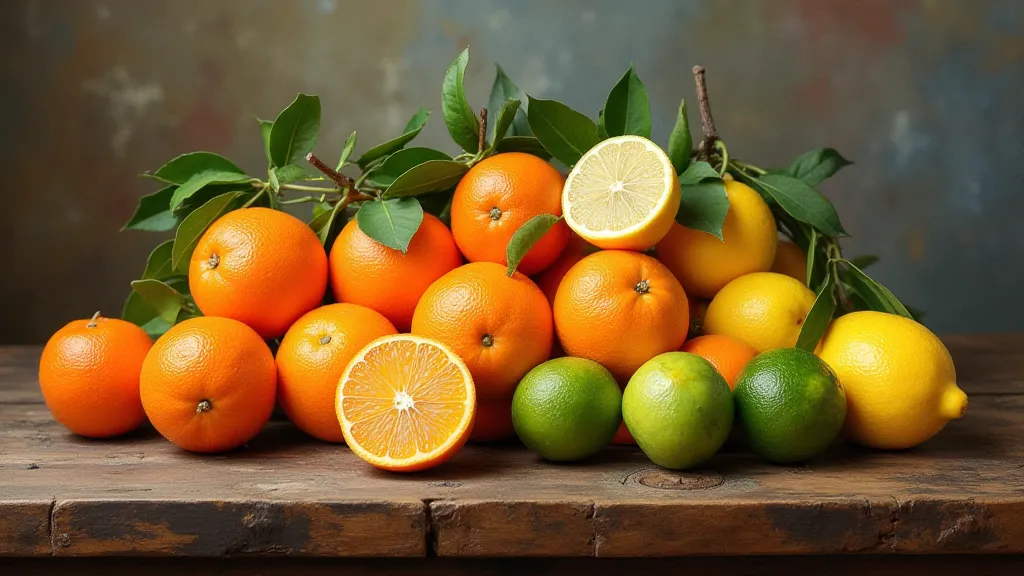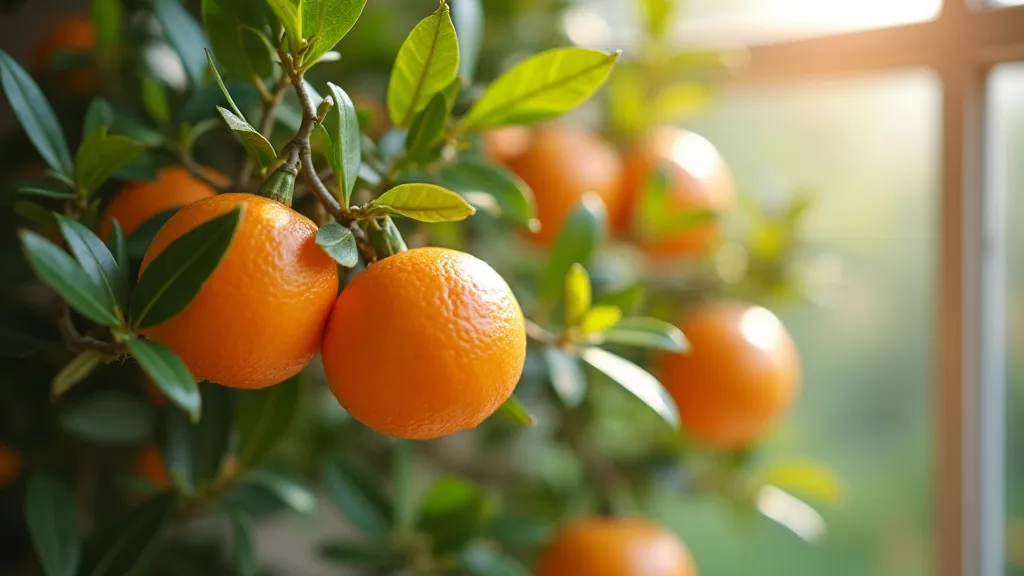The History & Lore of Citrus Fruits
Few fruits evoke such vibrant feelings of sunshine and sweetness as citrus. From the tangy zest of a lemon to the juicy burst of an orange, these fruits are beloved worldwide. But their story is much more than just delicious flavor; it's a tale woven with cultural significance, centuries of trade, and a surprising journey across continents. Let's delve into the fascinating history and lore of citrus fruits.
Ancient Origins: Southeast Asia's Gift
The story begins in Southeast Asia, specifically the region encompassing modern-day Myanmar, Thailand, and Northeastern India. Here, thousands of years ago, wild citrus ancestors thrived. While definitive dating is difficult, archaeological evidence suggests that humans were enjoying citrus fruits as early as 6500 BCE. These weren’t the oranges and lemons we know today, but rather a variety of closely related, wild species. The ancestors of our beloved dwarf citrus trees – oranges, lemons, limes, grapefruits, and mandarins - were all evolving in this region. Imagine the early challenges in cultivating these wild varieties, a far cry from the carefully managed groves of today.

Spread Through Trade and Exploration
The movement of citrus fruits truly began with trade. Around 2000 BCE, citrus fruits began to spread westward, first to Persia and then to the Mediterranean region, likely carried along trade routes. The Persians, recognizing their value, cultivated them and introduced them to the Greeks and Romans. The Romans, in turn, were captivated by the unique flavor and were instrumental in spreading citrus cultivation throughout their vast empire. The logistical challenges of transporting perishable goods across vast distances must have been immense, demonstrating the high value placed on these fruits.
However, widespread cultivation remained limited due to the difficulty of propagation and the relatively short growing seasons in many areas. Citrus remained a luxury item, often associated with royalty and the wealthy. Early propagation techniques were undoubtedly rudimentary, relying on methods like layering and budding, and the success rate would have varied greatly.
The Arab Influence and Beyond
The Arab world played a vital role in the further dispersal of citrus. Arab traders carried citrus fruits along their extensive trade networks, reaching North Africa, Spain, and Sicily. They also developed sophisticated irrigation techniques that allowed for more reliable cultivation. The Arabic word for lemon, ‘limun,’ ultimately gave us the English word "lemon." The advancements in irrigation were not just about quantity; they also contributed to the quality of the fruit, allowing for a more consistent and flavorful harvest.
The New World Encounter
The arrival of citrus in the Americas is a pivotal chapter. Christopher Columbus is often credited with introducing oranges to the Caribbean in 1493. From there, Spanish missionaries and explorers carried them throughout Central and South America. The fruit thrived in the subtropical climates, quickly becoming a significant crop. The rapid adoption of citrus cultivation in the Americas highlights the adaptability of these plants and the desire for new and flavorful foods.
Citrus Lore and Cultural Significance
Beyond their culinary and agricultural importance, citrus fruits have accumulated rich lore and cultural significance across numerous cultures. In China, oranges and tangerines are symbols of good fortune and prosperity, often given as gifts during the Lunar New Year. In Europe, lemons have historically been associated with purity and cleansing, and were even believed to ward off disease (a less than successful attempt at preventing scurvy!). In the United States, the image of an orange has long been linked to winter holidays and seasonal generosity. The belief in the medicinal properties of citrus, while sometimes misguided, demonstrates the deep-seated appreciation for their potential benefits.

The Rise of Modern Citrus: From Wild to Dwarf
The development of modern citrus varieties, including the dwarf citrus trees we cultivate indoors, is a testament to centuries of selective breeding. Breeders have sought to improve fruit size, sweetness, disease resistance, and, importantly, to create varieties suitable for smaller spaces – a crucial factor for indoor growing. This careful selection and breeding has led to the incredible diversity of citrus we enjoy today. For those interested in expanding their collections, understanding the intricacies of propagating dwarf citrus trees is a rewarding endeavor.
The shift towards dwarf varieties wasn't just about space; it also opened up opportunities for year-round enjoyment. Maintaining the health of indoor citrus, however, requires attention to specific needs. Getting the watering and humidity just right is critical for robust growth and abundant fruit production.
Furthermore, successful indoor cultivation often relies on understanding how to ensure proper pollination. While some varieties can self-pollinate, others benefit from a little assistance. Learning about pollination secrets for indoor citrus can significantly improve your harvest.

Challenges and Innovations in Citrus Cultivation
Throughout their history, citrus cultivation has faced numerous challenges. Diseases like citrus greening, a bacterial infection that disrupts the plant's vascular system, have devastated groves worldwide. Pests, such as the Asian citrus psyllid, which transmits greening, also pose a constant threat. Researchers are working tirelessly to develop disease-resistant varieties and sustainable pest control methods. Modern agricultural techniques, including hydroponics and advanced irrigation systems, are also helping to improve yields and reduce environmental impact.
Harvesting and Enjoying the Fruits of Your Labor
Bringing the journey full circle, harvesting and enjoying your homegrown citrus is a uniquely satisfying experience. Knowing the care and attention you’re giving your plant from seed to fruit adds immeasurably to the taste. Even the simplest dishes are elevated with the freshness of just-picked citrus. For those cultivating their own trees, learning the proper harvesting and enjoying your homegrown citrus is an essential part of the process.
The Future of Citrus: Sustainable Practices and New Varieties
The story of citrus isn’t over; it’s continuing to evolve. As climate change and global challenges intensify, the future of citrus cultivation will depend on embracing sustainable practices, developing resilient varieties, and fostering innovation. Researchers are exploring genetic modification and other advanced techniques to create citrus that can withstand environmental stresses and disease outbreaks. The ongoing quest to improve the health, productivity, and resilience of citrus is vital for ensuring that these beloved fruits continue to nourish and delight us for generations to come. The beauty of these plants, their history, and their versatility ensures that their story will continue for millennia to come.
Conclusion
The history of citrus fruits is a captivating journey through time and across continents. From their ancient origins in Southeast Asia to their modern-day presence in our kitchens and gardens, these fruits have shaped cultures, fueled trade, and brought a taste of sunshine to people around the world. Next time you enjoy a juicy orange or a refreshing lemon, take a moment to appreciate the centuries of history and human effort that brought that fruit to your hand.





